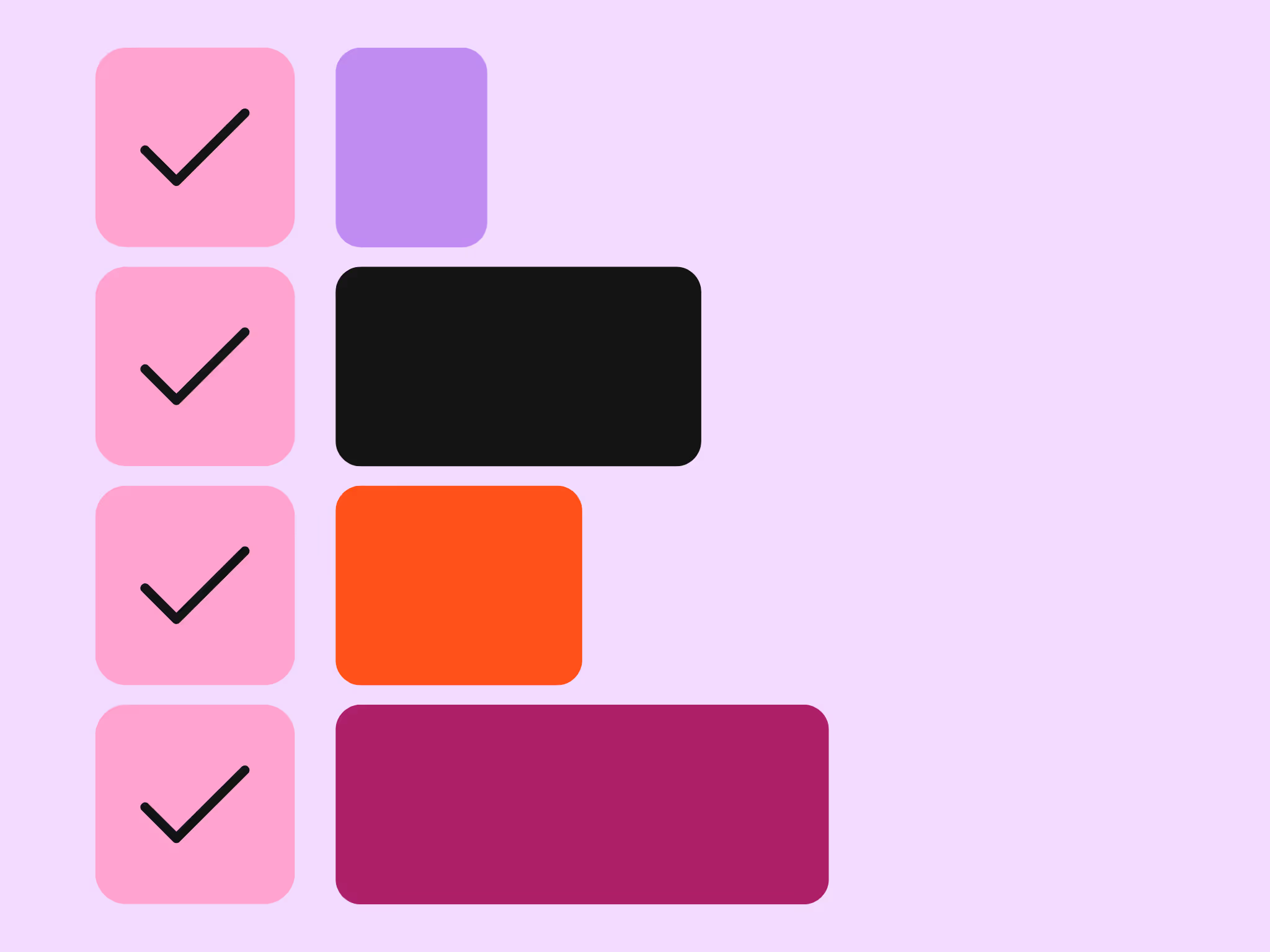You've found someone who could potentially be a great fit to promote your brand and become an ambassador. How can you tell that their audience is engaged? That they care what this person has to say?
The answer: Look at their engagement rate.
In influencer marketing, engagement rate is used to measure the degree of interaction an influencer's content generates.
I'll show you how to check an influencer's engagement rate in just 30 seconds (even in bulk).
How is influencer engagement rate calculated?
To calculate an influencer's engagement rate, add all of the engagements (likes + comments etc.) across all the influencer's posts on a particular profile, divide by the total number of followers, then multiply by 100.
Here's the formula:
Average Organic Engagement Rate (%) = Total Engagement / Total number of followers x 100
Using this formula, you'll be able to view the total overall engagements for an influencer's profile. You can also apply it to an individual post.
Although this calculation is simple enough, it can become tedious process At scale, this isn’t a viable approach.
Using a software tool automates this step in your workflow. You can get engagement rates for 1 (or many) influencers in just a few clicks, without manual calculations.
Here's how to get engagement rate data (and lots of other data) with Modash. Here's a sneak preview of what it will look like!

How to check influencer engagement rates
Using Modash, you can check engagement rates for any influencer. We’re using an Instagram profile in this example, but the tool works the same way for TikTok and YouTube.
Here’s how you would search for the engagement rates for a single influencer. We’ll look at bulk-checking a list shortly.
If you don’t have a Modash account yet, you can sign up for free (no credit card needed).
Once you're in Modash, navigate to the 'Discovery' tab, and either search using the filters, or type an influencer username that you want to check. Click the button to search.
You can add multiple, if you'd like. For example @kyliejenner and @davidbeckham.

Click the button to search, and you'll find data on the profiles below.

In the search results, you'll already be able to see details such as followers and engagements. For example, Kylie Jenner has 318.9M followers and an average of 11.5M engagements per post.
This means her engagement rate is 3.6%.
To get more information & insights, click on the search result.
- A summary report will appear on the right-hand side of the screen. This provides a further breakdown of the profile’s audience (% fake followers, location, gender, and age split).
- To get even more data, click “full detail report”. Here, you'll get information about follower growth over time, brand affinity, and more.
How to bulk check multiple influencer engagement rates at once
Using the “Influencer Lists” tab, you can check the engagement rates of a group of influencers by importing a list.

Select the applicable channel and import your .csv file containing the names of the profiles you want to check.

Once you’ve uploaded your file, you’ll need to choose a list (either create a new list or add influencers to an existing list). Click the button to continue.

Your list of influencers and their respective profile metrics will appear. You’ll then have the option of exporting this data (which includes engagement rate, followers, and a bunch of other useful data) as a CSV file.
Benchmarks: What is a good rate of influencer engagement?
Using an engagement rate calculator alone isn't useful if you don't know what's good & what isn't.
Once you have checked engagement rates, you can begin to examine what the figure represents and whether it denotes high or low engagement.
The following is an industry-standard guideline to help you benchmark your results:
- Less than 1% = low engagement rate
- Between 1% to 3.5% = average or good engagement rate
- Between 3.5% to 6% = high engagement rate
- Above 6% = a very high-level engagement
Overall, an Instagram engagement rate of 1% to 3% is considered an industry norm, and this is typically what we see on an influencer's page. If the engagement rate is greater than 3%, their audience is very engaged with their content. In contrast, a rate of less than 1% indicates that their audience is not very engaged with their content.
It's important to remember that a variety of factors, such as the number of followers, the timing and frequency of posting, the content and messaging, and the various platforms' algorithms, all play a role in determining the engagement rate.
Engagement varies per industry/niche
Depending on their niche, some influencers have an easier time communicating and engaging with their audience than others.
Simply stated, specialized industry audiences might be more or less responsive and engaging on social media depending on the company’s offering.
To appreciate the potential of each industry benchmark on Instagram, Twitter, and YouTube, you need to examine the average engagement rates for each post.
Despite being the newest social media network, TikTok has the numerical edge to get companies on board and start experimenting with content on the site. As social media statistics suggest, TikTok is currently the most engaging social media platform, with an average engagement rate of 5.96%, which is way above every other network.
Follower count affects engagement rate
So, how does the number of followers affect engagement rates? According to research conducted by Later and Fohr, the average engagement rate gradually drops as an influencer's following count grows.
Nano influencers, defined as those with fewer than 10,000 followers, had the highest average engagement rate of 4% across all feed and sponsored posts.
On the other hand, macro influencers, which refer to those with between 500K and 1M followers, have an average engagement rate of 1.3%, which is three times lower than that of Nano influencers. You may believe that Nano influencers are the obvious pick because of their high engagement rate.
Not quite!
The true worth of this measure is determined by an influencer's total number of followers. With a 4% rate, nano influencers may steal the show, but even with a maximum of 10K followers, that's just 400 individuals.
In comparison, a macro influencer can receive engagement from between 6,500 and 13,000 individuals, depending on their following size.
Consequently, if your objective is to engage a huge audience (and you're only interested in working with a small number of influencers), higher tier influencers are probably your best choice. Nano influencers can be an excellent choice for influencer marketing, but it depends on your specific requirements.
When selecting an influencer to work with or comparing a cohort of influencers, keep engagement rate in mind. Although it provides valuable insight, your assessment must be holistic and consider all the variables.
A good engagement rate alone isn't enough!
This article shows how to find an influencer's engagement rate both manually and using the Modash platform. However, it must be emphasized that, although a good engagement rate is an encouraging and positive sign, there are various industry benchmarks and other factors that shouldn't be ignored. Engagement rates may, for example, vary according to the following size and industry.
While engagement rate offers insight into an influencer's authenticity, it isn't a foolproof method. To increase their engagement rate, some fake influencers have resorted to purchasing fake engagement or form engagement pods. As a result, many fake influencers may still pass the initial screening.
The quality of an influencer's following can reveal a great deal about whether their influence is genuine. That's why doing an audience quality analysis is crucial to identifying fake influencers.
This can be accomplished with help from the Modash platform, which analyzes the follower profiles of influencers from around the globe. By distinguishing between a bot and real accounts, this tool can determine how many of the influencer's followers are fake.
Knowing how to identify the most appropriate influencers for your brand might be the difference between a successful marketing collaboration and a campaign that fails to connect with your audience. While you won't be able to control every post made by an influencer once you start working with them, you can get a feel of what to expect by analyzing how they already use social media. Armed with the right toolkit and a shortlist of prospective collaborators, you can delve into the world of social media metrics and find the ideal influencer for your brand.





.avif)
.avif)
